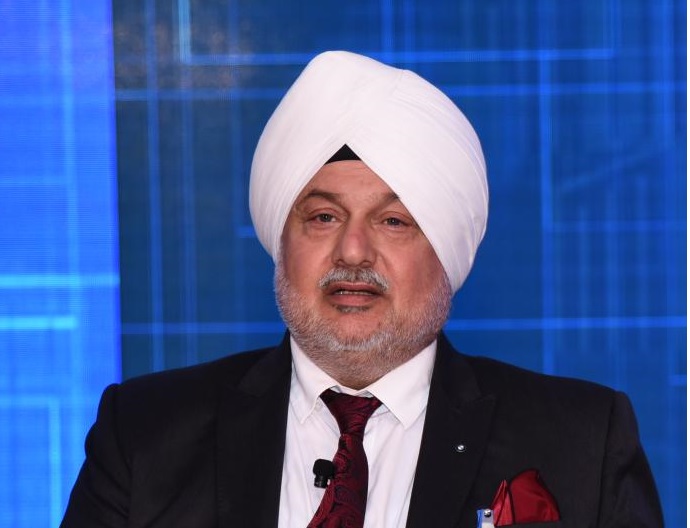[vc_row][vc_column][vc_column_text]
Releases white paper on multi-modal logistics at its 39th AGM
India must have a single unified ministry with a clear mandate to integrate coastal shipping into a multi-modal transport system that would contribute to the country’s larger development goals, said a white paper released by Mumbai and Nhava Sheva Ship Agents Association (MANSA) at its 39th annual general meeting.
The white paper submitted to the shipping ministry MANSA recalls the 2014 report submitted by National Transport Development Policy Committee to the erstwhile Planning Commission on this subject.
While the government is now looking to deliver on the multi modal aspect of that recommendation, it should not lose sight of the unified ministry goal, the white paper said.
“The strategy should be to adopt a hub-and-spoke model for the logistics sector in place of the present point-to-point mode,” the white paper said.
The paper also recommended continued privatization of Indian Railways container operations.
“As an industry body, we believe in sharing our domain insights with the policy makers and regulators and this white paper is part of our adopted process. The transport and logistics sector are fundamental to the development of a country, especially so in India where it is estimated to provide employment for 45 million people,” said Captain Vivek Anand, President of MANSA.
Currently, India spends 14.4% of its GDP on logistics compared to 8% by other developing countries, as roadways constitute 60% of total freight carried in the country followed 32% by railways and the rest by coastal shipping. Over 50% of the long haul freight movement takes place on road, which is typically 25-30% expensive than railways on long haul routes, the white paper said.
Sharing his impetus on coastal shipping, Captain Anand said, “India’s geographical layout is peninsular. So, if cargo were to move from Gujarat to West Bengal, the distance by road is 2300 km and by sea is 8500 km. Unlike China, India’s coastal shipping faces the issue of return cargo, which pushes costs up on one way cargo and hence needs to be subsidised.”
Documenting the cost benefit ratio in coastal shipping, the white paper pointed out that a large cement player can transport 3500 tons of cement from Gujarat to Mumbai by road through 350 truck trips and a turnaround time of seven days for 700 km. Alternatively, a coastal vessel could do the 300 km trip along the coast in just 24 hours saving time and money.
Earlier, MANSA had also shared a white paper on Master Plan for development of Indian ports and Terminals and the same was well received, Captain Anand said.
[/vc_column_text][/vc_column][/vc_row]







